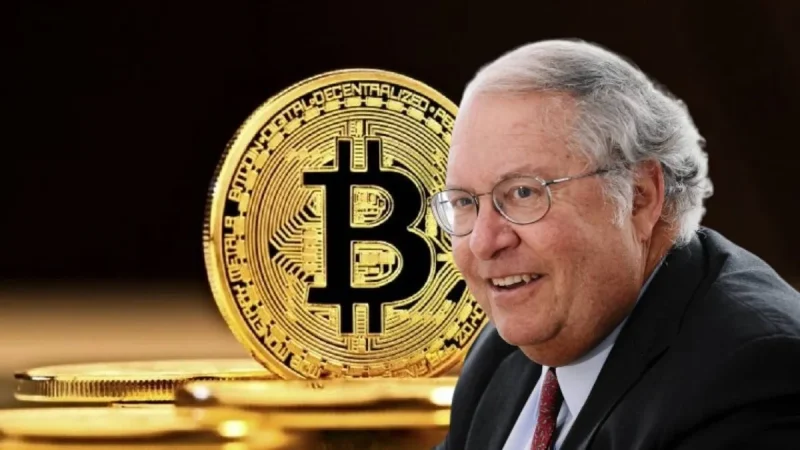A Billionaire’s Bold Prediction
Billionaire investor Bill Miller IV believes Bitcoin’s price could skyrocket if even a small portion of global retirement savings shifts toward the cryptocurrency. In a recent CNBC interview, Miller estimated that if just 1% of the world’s $60 trillion in retirement accounts were allocated to Bitcoin, the price could jump by $30,000. A 2% allocation, he noted, might drive Bitcoin as high as $175,000 per coin.
Although the interview clip has not yet appeared online, the core message has gained traction across crypto circles. The implication is powerful: when dealing with massive pools of capital like retirement funds, even modest exposure can create substantial price movement.
A Regulatory Shift Opens the Door
This discussion comes at a pivotal time. On August 7, 2025, President Donald Trump signed an executive order permitting private equity and cryptocurrencies in 401(k) plans. If this policy takes full effect, it could make up to $8.7 trillion in U.S. retirement assets available for crypto investment.
Market analysts are watching closely. They argue that even a small portion of these funds entering Bitcoin could trigger a fresh wave of demand. It could also solidify the cryptocurrency’s role within traditional financial systems.
Bitcoin’s Evolution into a Mainstream Asset
Supporters of crypto integration into retirement portfolios see it as a step toward Bitcoin becoming a standard investment, much like stocks, bonds, or gold. They highlight Bitcoin’s long-term growth potential and limited supply as reasons for its appeal.
However, critics urge caution. They warn that Bitcoin’s volatility and regulatory uncertainties could pose risks for retirement savers. Experts suggest any exposure should be conservative and carefully managed.
Still, Miller’s comments echo a growing belief: Bitcoin’s next surge might not stem from retail hype, but from institutional adoption through vehicles like retirement plans. If U.S. policy continues to shift in crypto’s favor, Bitcoin in a 401(k) might become the norm rather than the exception.
